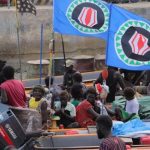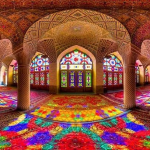East Germany and West Germany, Northern Ireland and Southern Ireland, North Korea and South Korea, and then you’ve got West Timor and East Timor. It does not quite roll off the tongue in the same way, but here we are. The island of Timor is another place where colonial powers drew lines, packed their bags, and left the locals to deal with the fallout.
Do the people want to be reunited one day? Or are they just neighbours with different passports and different systems? Well, like most things in Southeast Asia, it’s complicated.
Table of Contents
What’s the Deal With East Timor?
East Timor, or Timor-Leste if you want to be fancy, is one of the newest countries in the world. It declared independence in 2002 after a bloody struggle with Indonesia and now has a population of around 1.3 million. Tetum and Portuguese are the official languages, though a fair bit of Indonesian still gets spoken and English is creeping in slowly. Culturally it feels more like a Portuguese-African country got dropped into Southeast Asia by mistake.
The people are overwhelmingly Catholic, and the vibe is rural, laid-back, and very raw. There are still clear scars from the war, and life is not easy for many, but it has charm and a sense of national pride that feels almost defiant. East Timor is rough around the edges, but it is also one of the last places in the world where travel still feels like exploration.
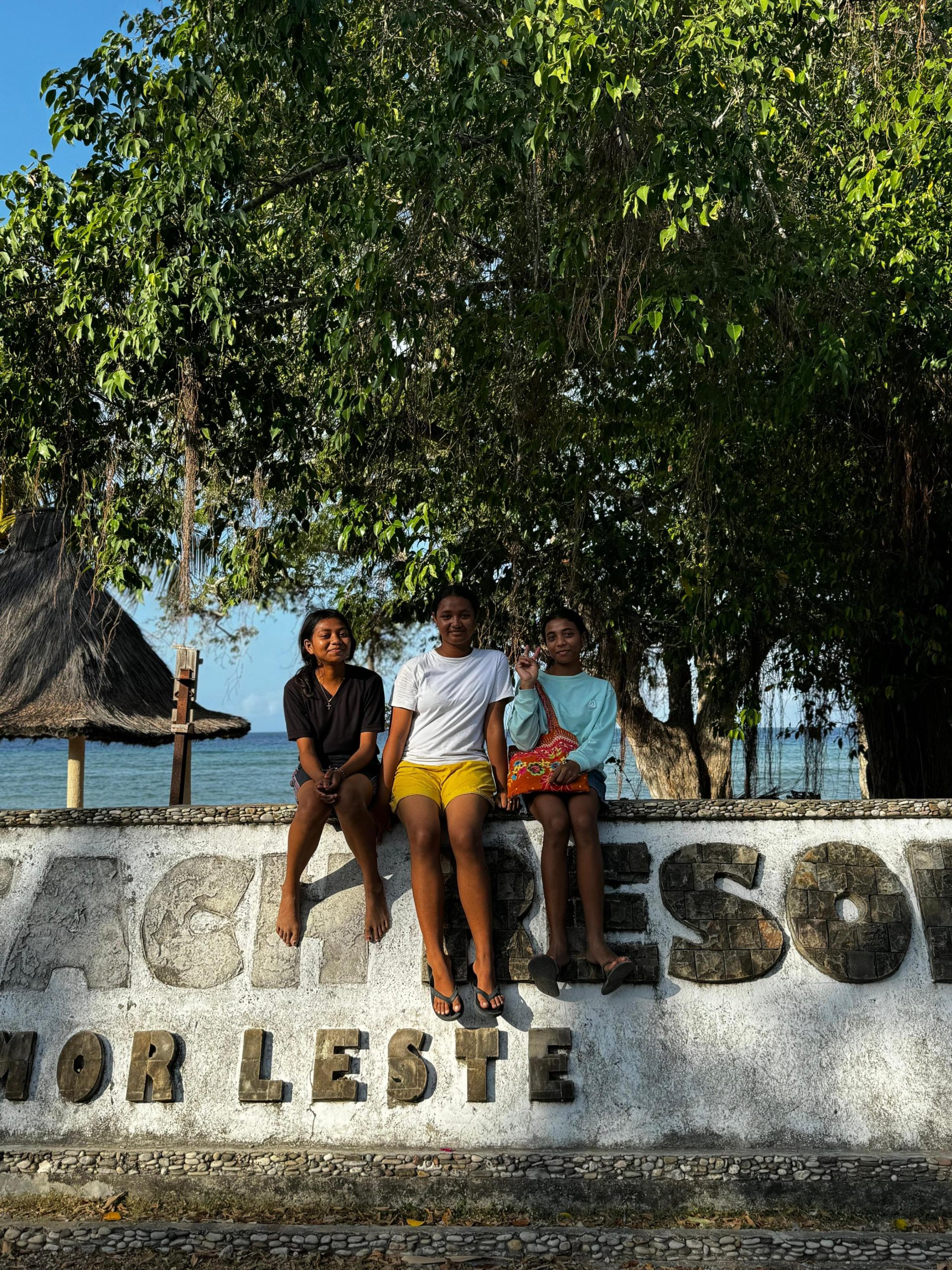
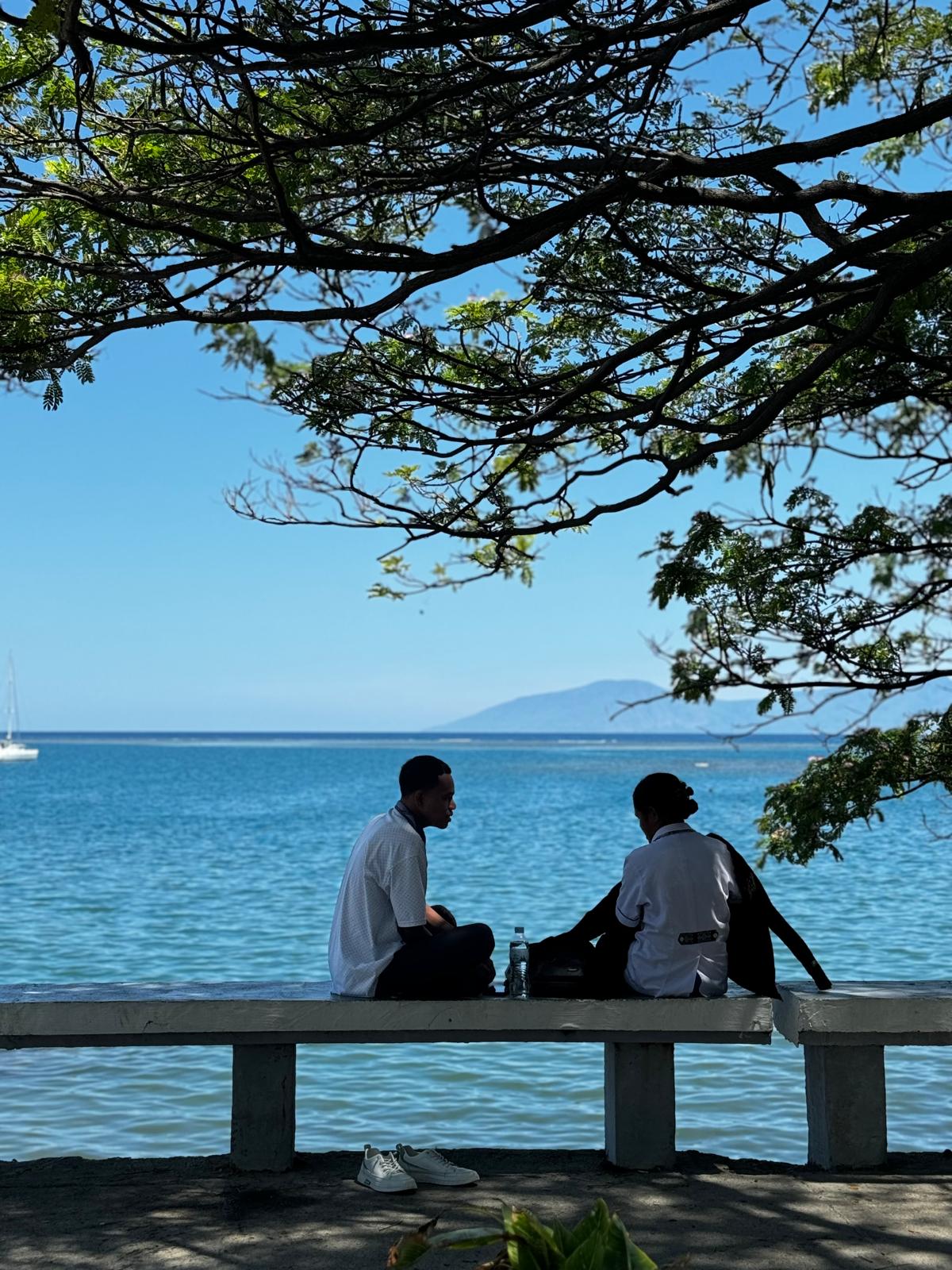
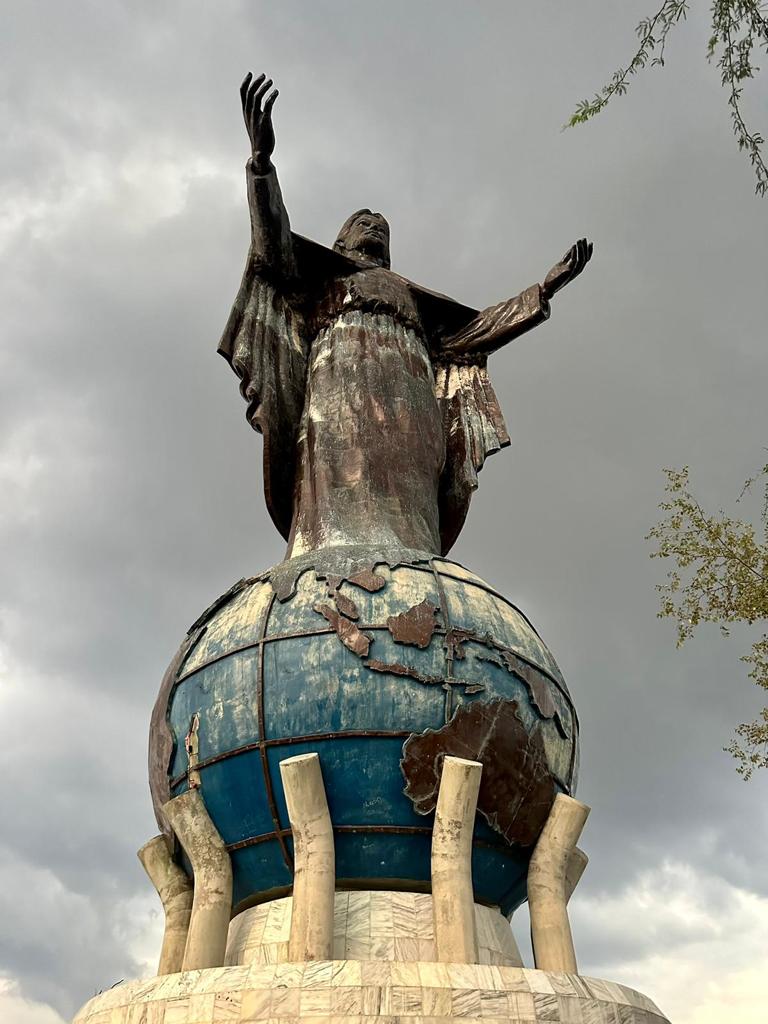
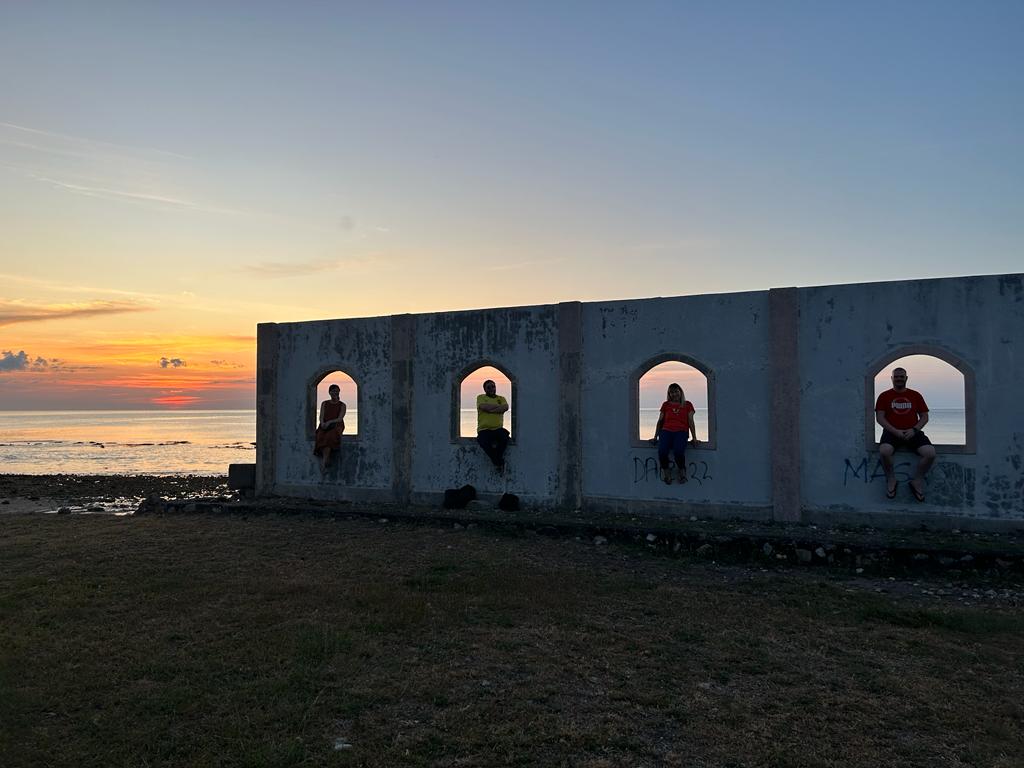
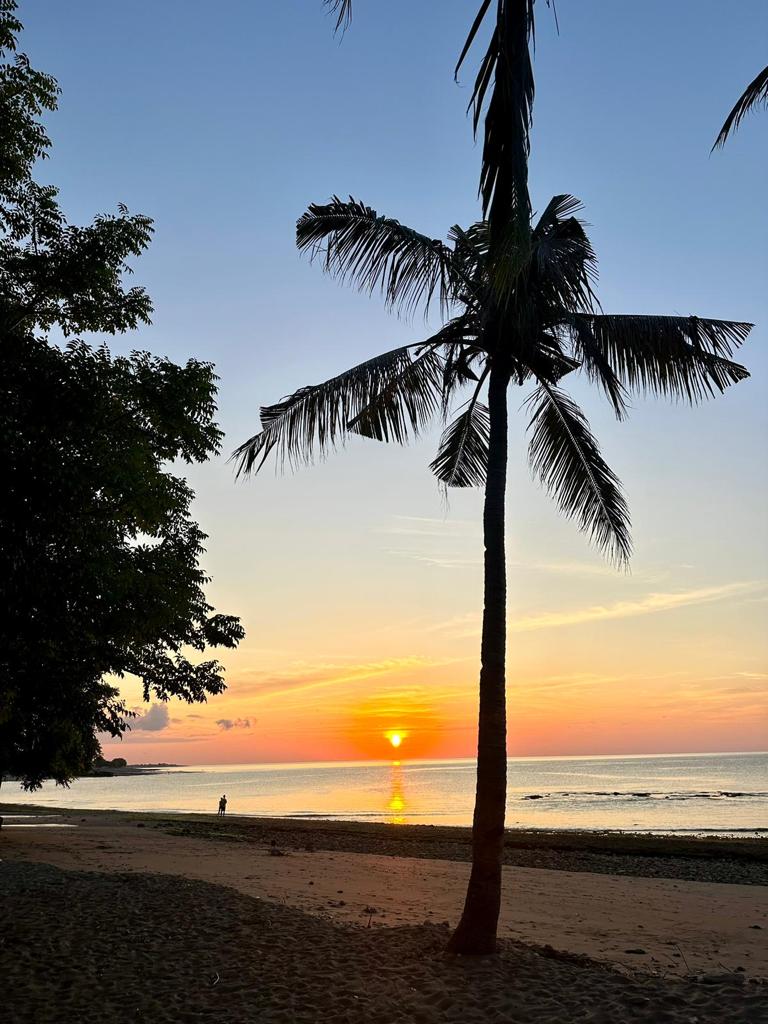
What’s the Deal With West Timor?
West Timor is part of Indonesia and falls under the province of East Nusa Tenggara. It is bigger in population than its eastern neighbour with just over two million people and is mostly Protestant, although there are Catholic communities around the border with East Timor. The main city, Kupang, is a dusty port town that serves as the jumping-off point for people heading to places like Flores or Rote. Bahasa Indonesia is the language of government, but local languages like Dawan and Tetun are still spoken in villages.
Compared to East Timor, life in West Timor is more integrated into Indonesia’s political and economic system, meaning it gets more infrastructure and attention from Jakarta, but it also means it kind of fades into the background of Indonesia’s massive island chain. West Timor is a place you pass through more than a place you stay, though if you take the time there are some real gems in the hills and coastline.
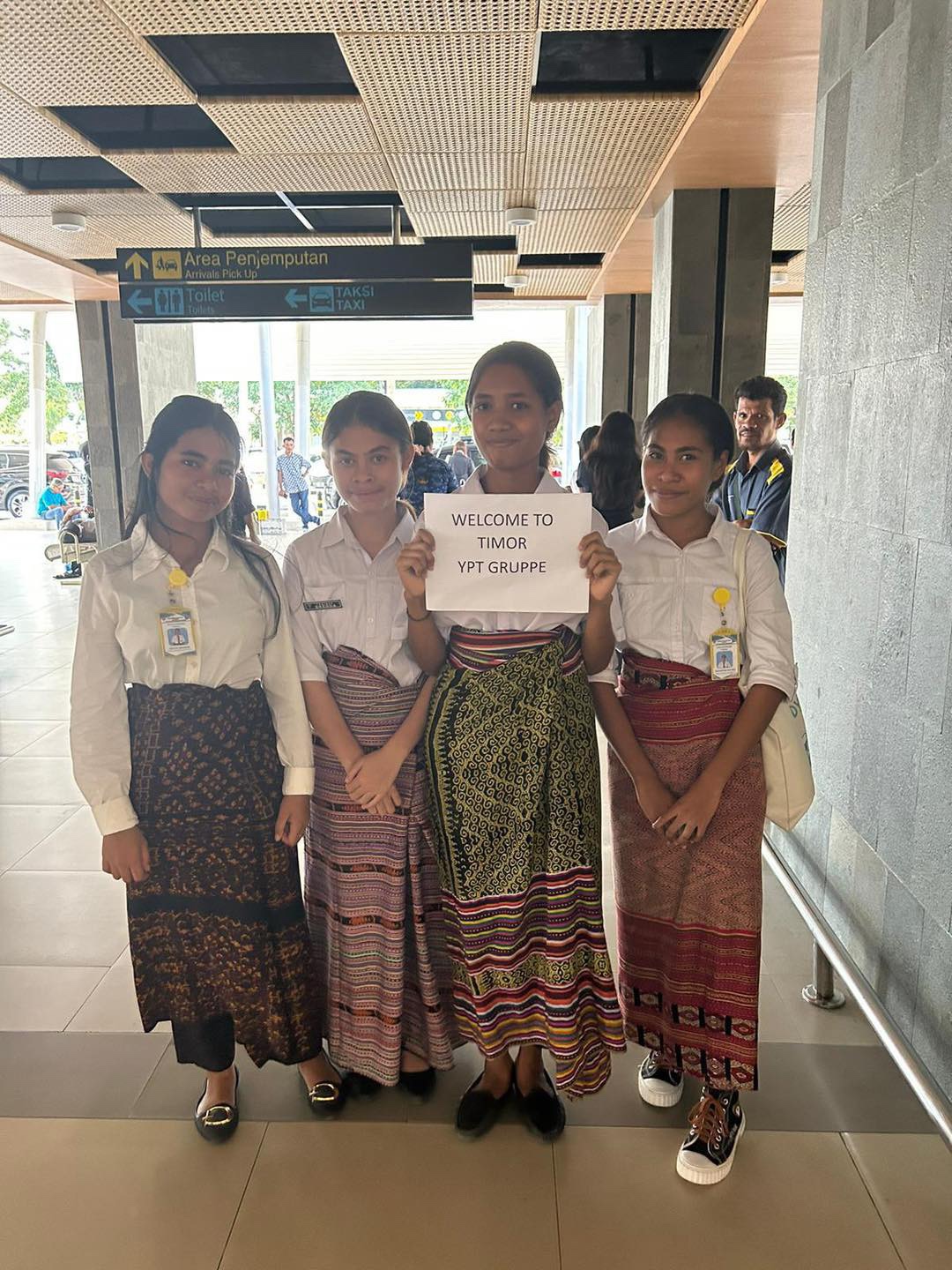
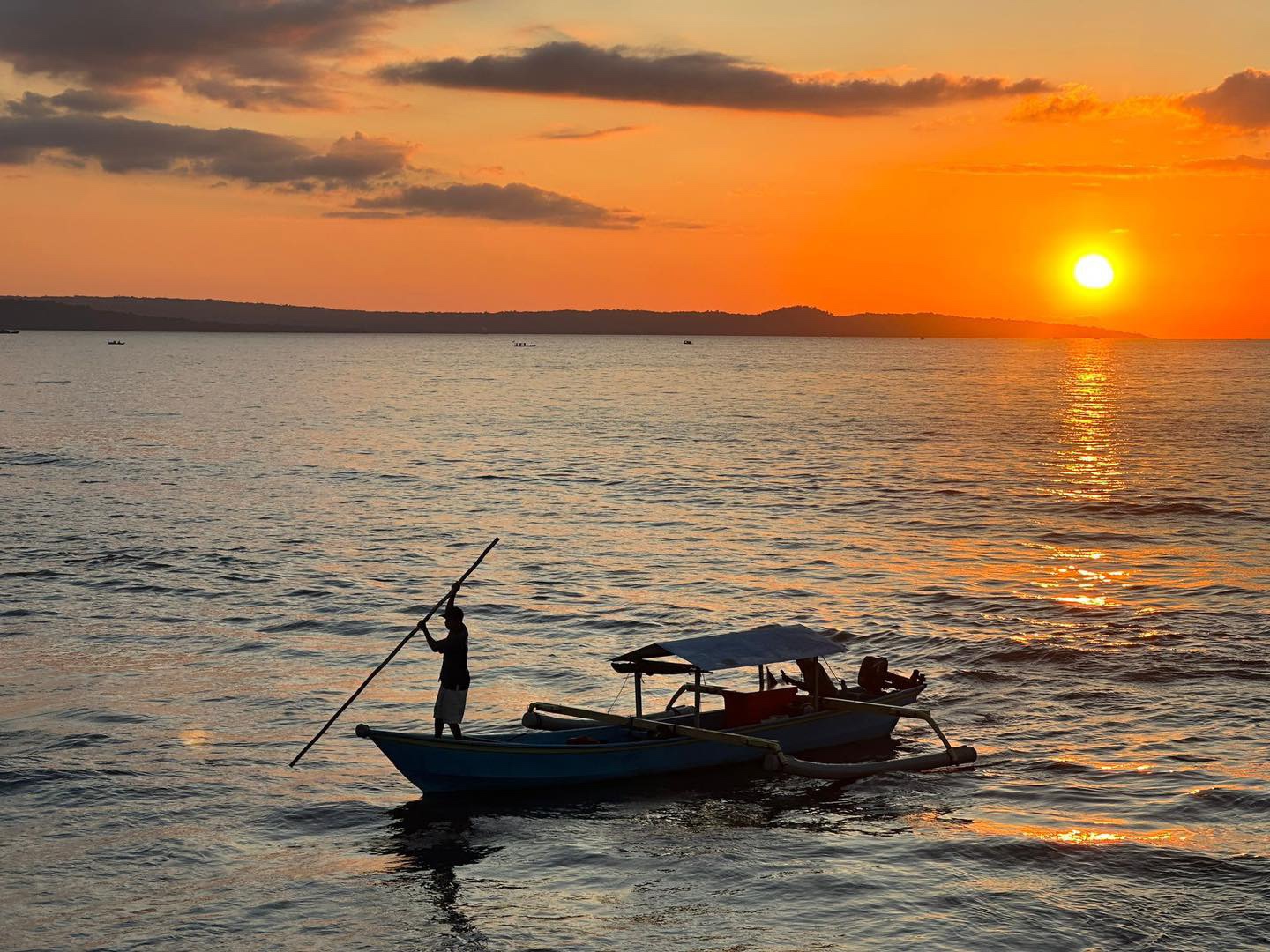
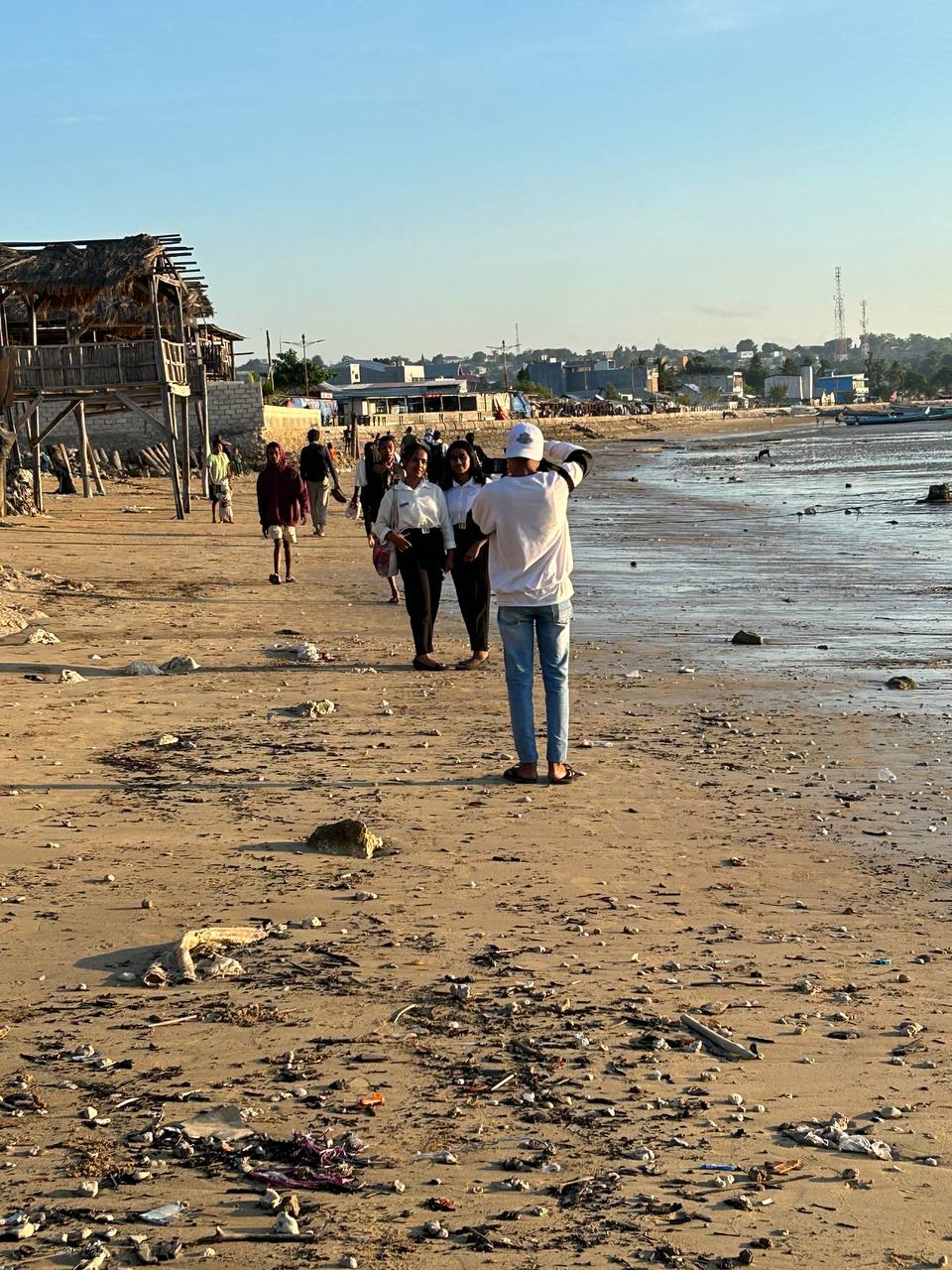
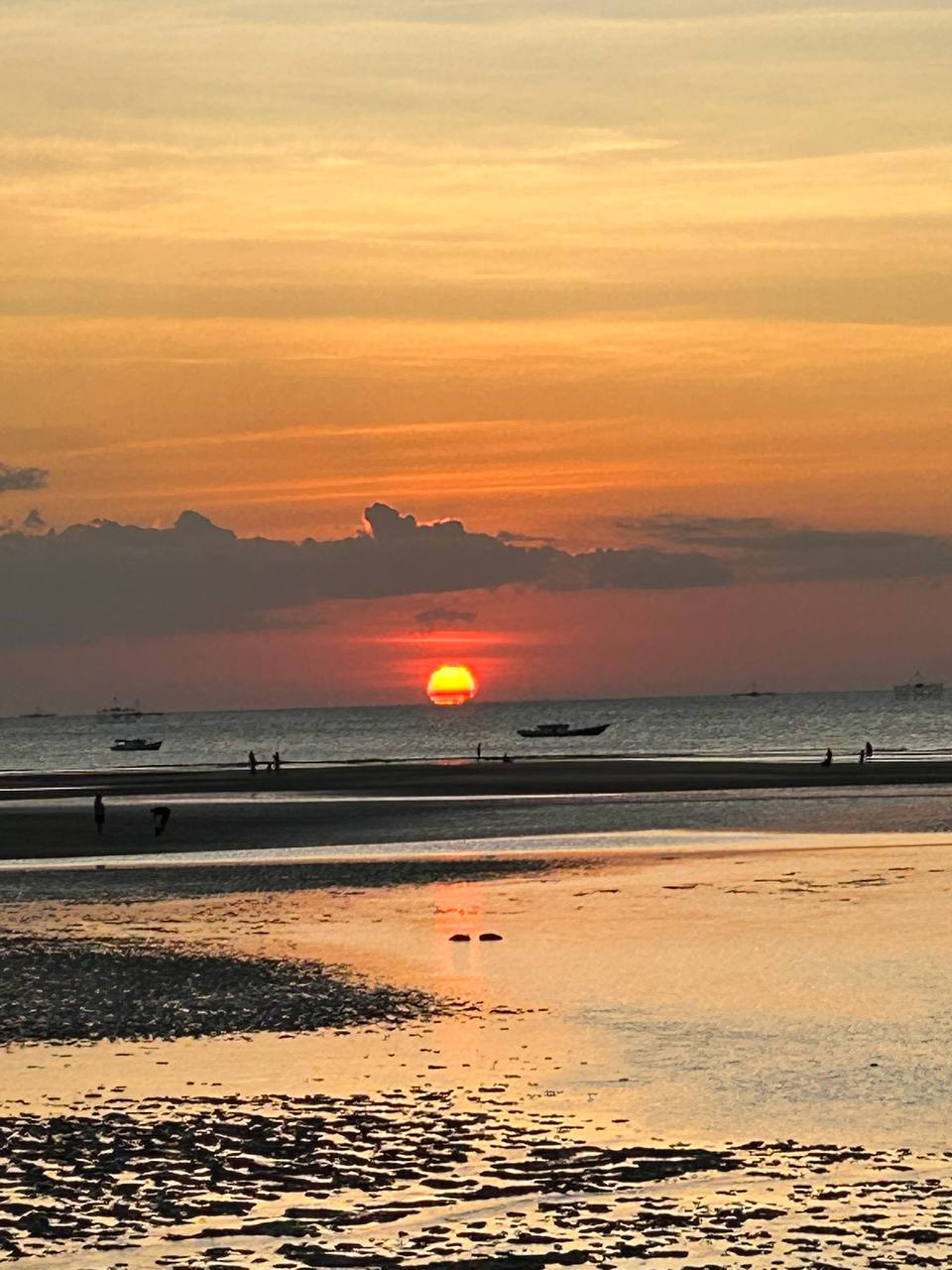
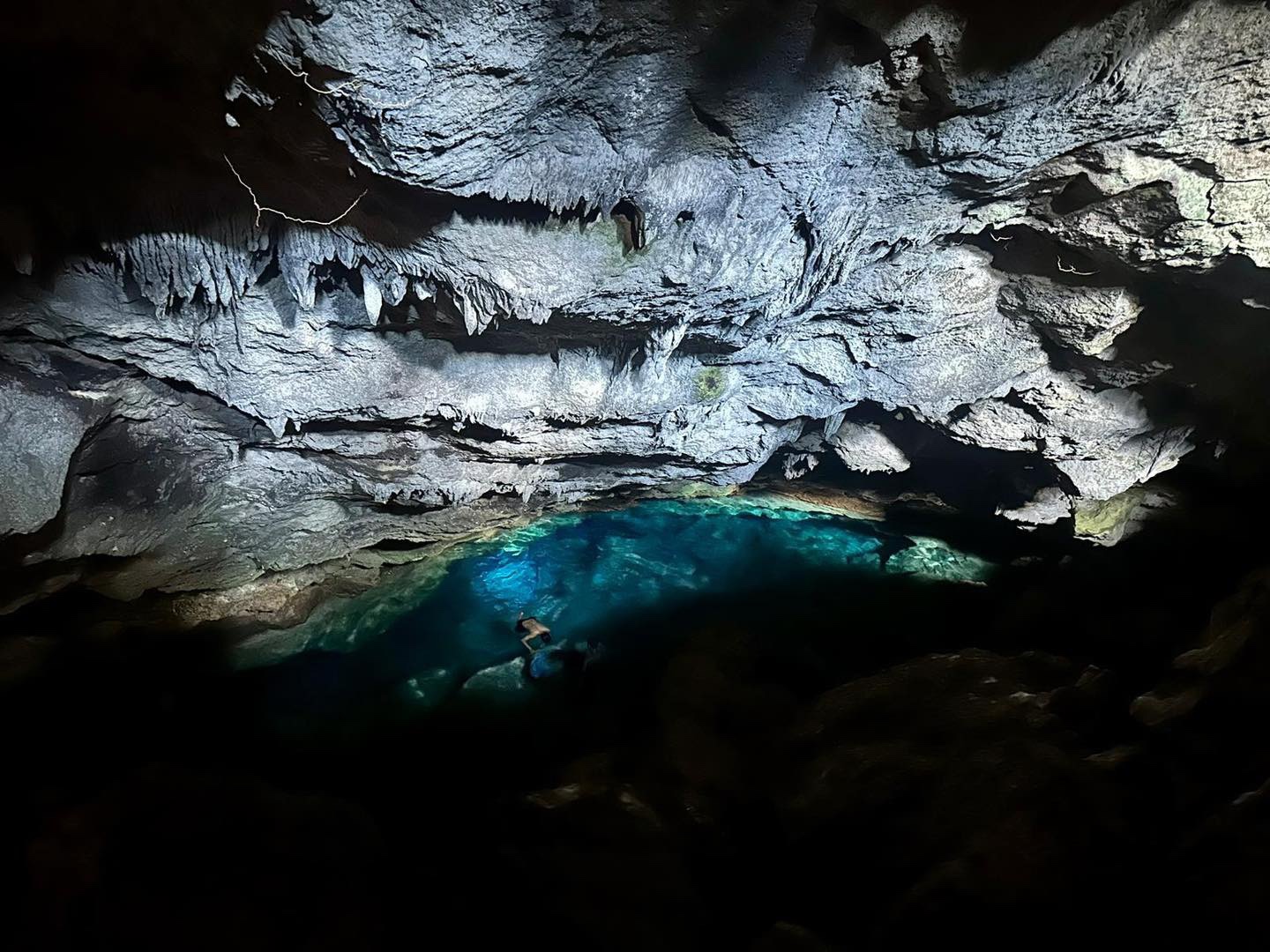
Timor Under the Indonesians
When the Portuguese gave up their colonial holdings in the 1970s, East Timor tried to declare independence. Indonesia had other ideas and rolled in with tanks and troops, claiming East Timor as its 27th province. What followed was decades of brutal occupation, repression, and war. In the late 1990s, as Suharto’s regime crumbled, the East Timorese were finally given a choice. In 1999, they voted overwhelmingly for independence, but that triggered a violent backlash by pro-Indonesian militias who tore the country apart.
Hundreds of thousands were displaced. Those who supported Indonesian rule often fled to West Timor while pro-independence families ran east. This split was not just geographical, it fractured families, friends, and entire communities. The UN eventually stepped in, and by 2002 East Timor became the first new country of the century. But the wounds from that time still run deep, especially in the border regions where some refugees never returned home. Some in West Timor still feel abandoned, while some in East Timor carry the weight of a hard-fought freedom that cost them everything.
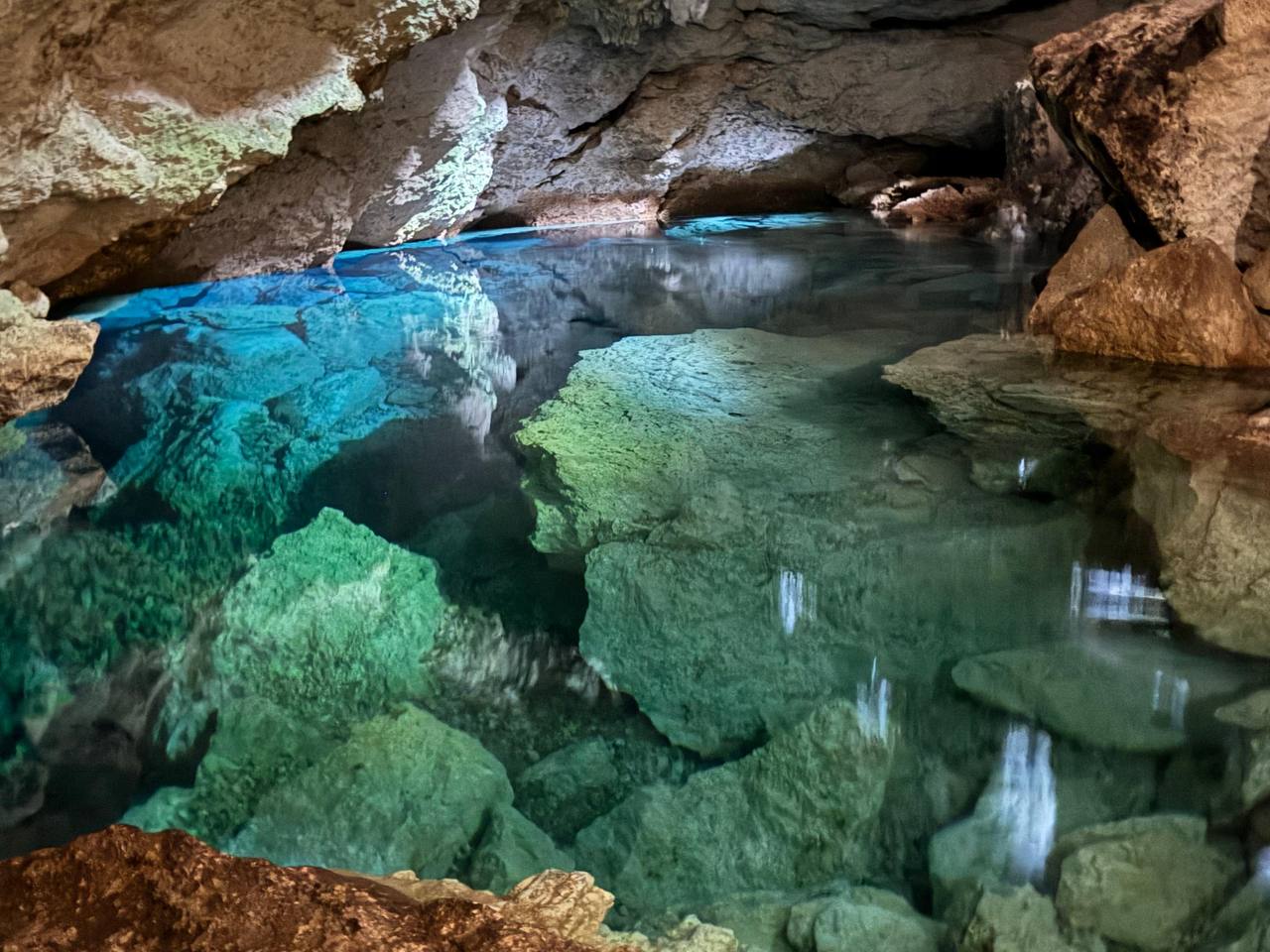
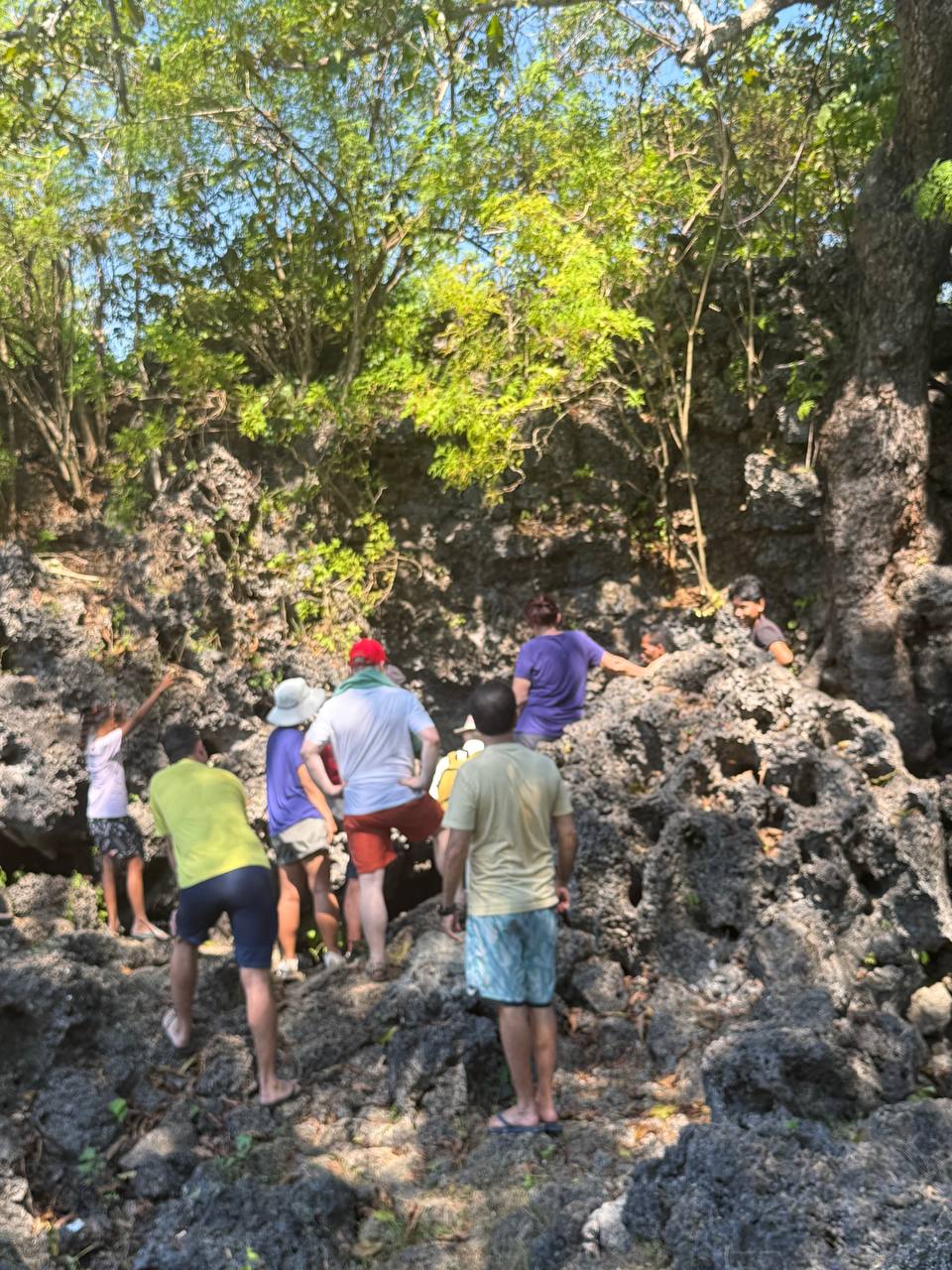
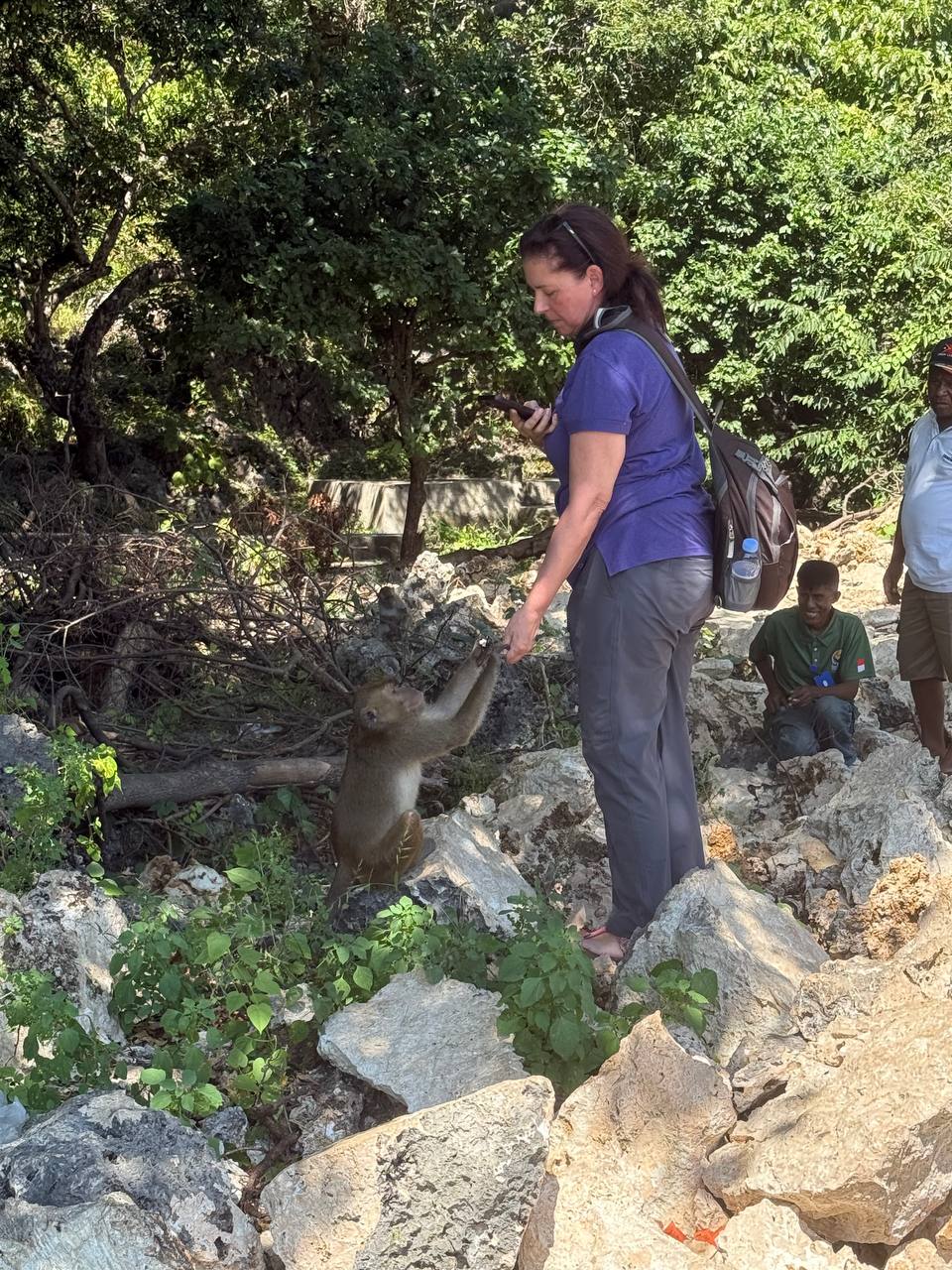
What’s the Difference Between West Timor and East Timor in 2025
In 2025, the differences between West and East Timor are still obvious. East Timor is a sovereign country with its own flag, army, and seat at the United Nations. It gets aid from all over the world and is still figuring out how to build a functioning economy. West Timor, meanwhile, is a quiet province in a very large country. It gets more funding and support from the central government in Jakarta but has little political clout or autonomy. Daily life can feel similar in rural areas, with the same language roots, similar food, and overlapping traditions. But on the bigger stage, these are now two very different places.
Is there a serious movement for reunification? Not really. The trauma of the past, the politics of the present, and the quiet sense of resignation mean that while many acknowledge the shared identity of Timorese people, there is no real push to redraw borders. If anything, most people just want stability, better roads, and more opportunities. Reunification might be a romantic idea, but for now, it remains just that.
Click to read about our Timor Tours.




